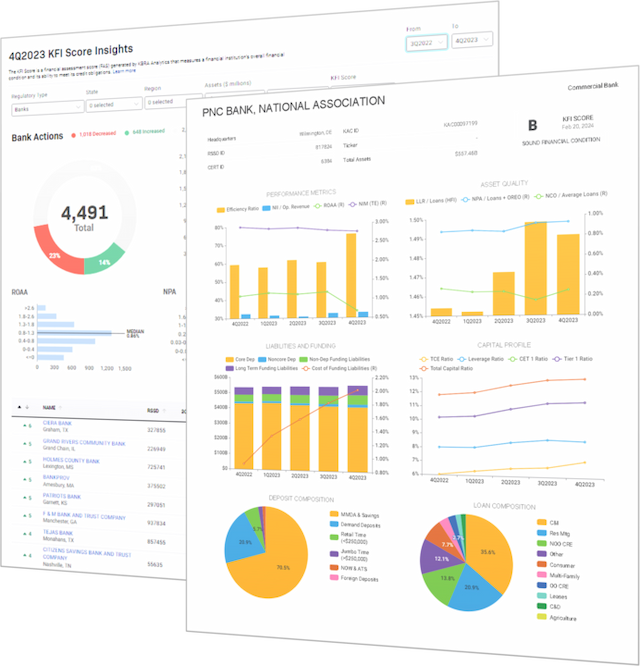KBRA Financial Intelligence
Auto Loan Slide Slows, Sparking Opportunity for Banks to Address Surging Delinquencies
By KFI Staff
As the year-over-year (YoY) change in the U.S. Consumer Price Index (CPI) has experienced a long trend of general disinflation, the used cars and trucks component of the index has been in a state of steep annual deflation for 23 months straight. New vehicle prices have recently followed suit, with seven straight months of YoY price declines through September. The relative importance of these two components was equal to 5.45% of the total CPI.

This ongoing decline in vehicle prices has not been sufficient to reverse the sustained slowdown in annualized automobile and light truck sales. That pace reached 18.21 million units in mid-2021, but was running much lower at just 15.78 million in September. Though the sticker price of cars themselves has been trending lower, the cost of financing increased steeply and remained relatively expensive throughout most of the past year. The average interest rate on new 60-month auto loans jumped up to 8.40% in August, the highest level ever recorded in a Fed data series going back to 2006.
The reduction in sales volumes has impacted banks that finance consumer auto purchases, leading to a net decline of $39.24 billion in outstanding auto loans between the November 2023 peak and the week ended October 2, 2024. However, the most recently reported data shows the YoY decline in auto lending slowing to 3.88%, its narrowest decline in almost nine months. A moderating in the auto lending downturn has coincided with the Fed initiating its first rate cut in four years. KFI recently noted that the Fed’s September dot plot has laid out a path for the central bank to cut rates even further by year-end. If additional cuts materialize, they could exert downward pressure on long-term yields, reducing the cost of financing and potentially boosting auto sales.

Though more loan volume may come at the cost of lower rates on such assets, surging delinquency rates show that persistently high rates are beginning to take a toll on the health of many banks’ auto loan portfolios. KFI data shows that the rate of delinquency among U.S. banks with more than $1 million in auto loans climbed to 2.42% in 2Q 2024, marking a gain of 35 basis points (bps) YoY. That was the largest annual increase in the average delinquency rate among these banks since 4Q 2022. Rates have been elevated for so long that steep auto financing is becoming increasingly untenable for a widening portion of current borrowers. As the table below indicates, delinquencies were markedly higher among 33 U.S. banks with more than $1 billion in outstanding auto loans, in comparison to 75 institutions that have extended between $100 million to $1 billion worth of auto lending. The average rate of delinquency among the former cohort was 2.66%, 118 bps higher than the cohort of banks with less auto exposure.
Note that the larger bank cohort’s average is somewhat skewed by Louisiana’s Crescent Bank (KFI Score: E), carrying an inordinately elevated delinquency level of 21.07%. That is the highest rate among all banks that have at least 5% of their total lending tied to auto loans. Due to 92.79% of Crescent Bank’s loans being concentrated in this category, delinquency among more than one in five of its auto loans has played a large role in it having the lowest possible KFI score. Per our methodology, a score of E denotes that a bank is likely to have financial problems and poor financial ratios and, therefore, a much higher probability of failure than financial institutions with higher scores.

If the decline in vehicle sales is indeed reaching a trough, a potential rebound in auto sales could help offset rising delinquencies by generating new loans from higher-quality borrowers at more favorable rates. Alternatively, favorable refinancing of loans held by qualified borrowers should be enabled by a potential decline in rates as monetary easing continues. The latter measure may have a residual impact in suppressing vehicle sales, as refinancing often results in an extension of the financing term by a year or more. An additional factor that could influence auto transactions is the rising cost of insurance. Despite the steady decline in used car prices over the past two years, car insurance costs have surged. In September, the motor vehicle insurance component of the CPI accounted for 2.98% of the index and increased 16.30% year-over-year, adding another layer of financial strain for potential buyers.
